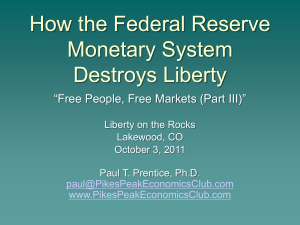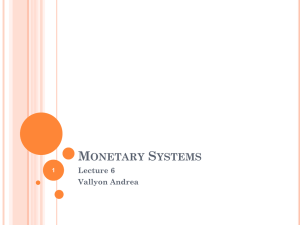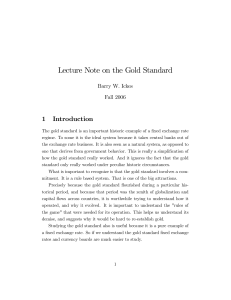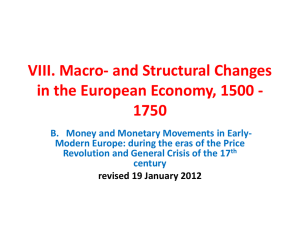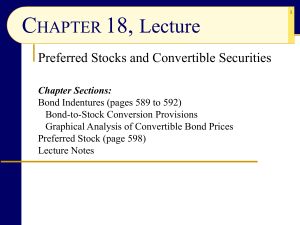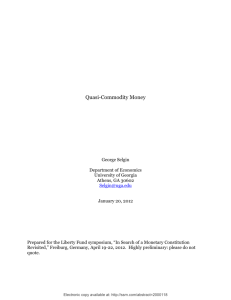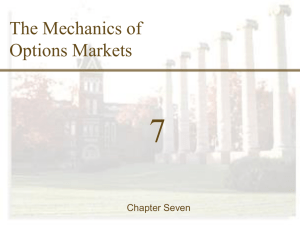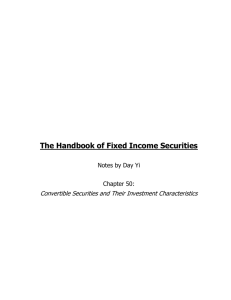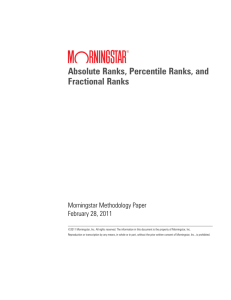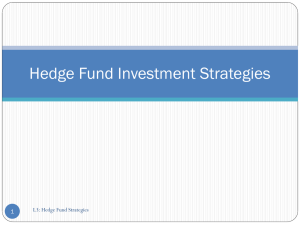can
advertisement
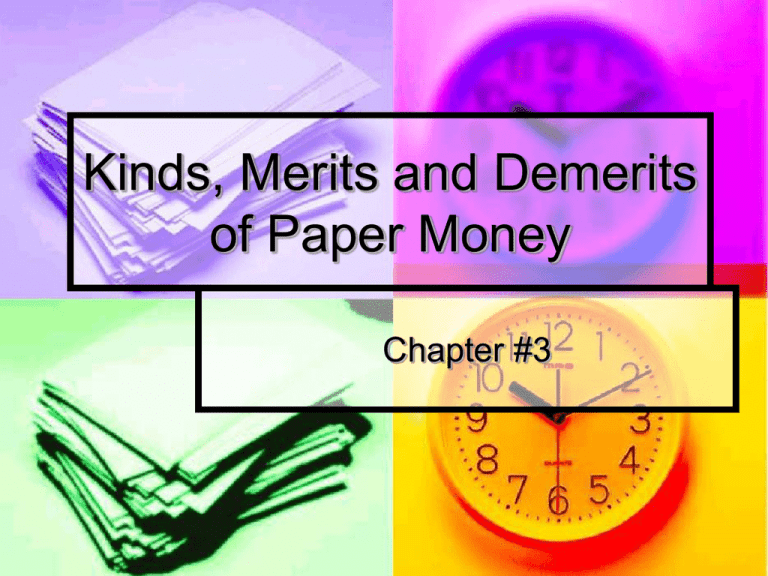
Kinds, Merits and Demerits of Paper Money Chapter #3 Kinds of Paper Money There are three kinds of Paper money: Representative paper money Convertible paper money Fiat paper money Representative paper money It is that money which is fully backed by equivalent metallic reserves. The holder of the bank note can easily get it converted into the metallic money on demand. Goldsmith receipt is an example of representative money. Up to 1933 America was issuing representative dollars and up to 1925 UK was issuing representative pounds. Reason of shift Because of limited resources of gold and silver, the country can not issue representative paper money. Fluctuations in the prices of gold and silver was also the reason. For example; If America issue the dollar that $100 will be converted into 10gm of gold and in the market, the value of 10gm gold is either $80 or $120. So this fluctuations arise problems. Convertible paper money Paper money which is easily convertible into coins on demand is called convertible paper money. The state or the public authority which issues convertible paper currency does not keep an equal value of metallic reserve behind it. Because they knows it that all the notes are not generally presented for conversion at the same time. Reason of shift Just like representative money, this money is also having the same problem. But the only difference was that for this money, the Govt does not keep 100 % reserves of gold and silver. Fiat paper money It is that money which is not redeemable or convertible into gold or silver on demand. It is accepted because it has been declared legal tender by the issuing authority and has general acceptance as a medium of exchange. The intrinsic value of fiat money is nil because its not convertible in gold & silver on demand. Example; The currency that which we are using now-a-days are fiat money. Fiat money in the words of Keynes is that which is created and issued by the state but is not convertible by law into any thing other than itself and has no fixed value in terms of an objective standard. Merits of Paper Money Economical Elasticity of money supply Promotes economic growth Internal price stability Helpful in emergency Regulation of exchange rates Uniform quality Economical Under paper standard, the central bank of any country has not to keep gold or silver for issuing of the paper notes. The cost of printing paper notes is also very small. It is thus, most economical form of monetary standard. Elasticity of money supply As the money supply is not backed with gold or silver, therefore, the monetary authority can easily manage its supply according to the requirements of trade and industry in the country. Promotes economic growth Under paper standard, the monetary authority is free to determine its monetary policy. It therefore regulates the money supply in such a way that productive resources of the country are utilized to their maximum and greater economic growth achieved. Internal price stability Under paper standard, the monetary authority can maintain stability in internal price level by making necessary expansion or contraction in money supply according to the economic conditions. Helpful in emergency Paper money is also useful in times of war when huge funds are needed to finance it. It is also helpful to meet any financial crises. The monetary authority by expanding or contracting the money supply achieve this objective. Regulation of exchange rates Under paper standard, the international exchange rates are fixed by purchasing power of the respective countries. Paper currency is an effective and automatic regulator of exchange rates between the countries. Uniform quality The paper money has a uniform quality and the holder least bothers for possession of new money coins. With the use of paper money, the loss of precious metals due to wear and tear is also solved. Demerits of Paper money Danger of inflation Internal price instability Exchange rate instability Dangers of mismanagement Fear of demonetization Use within the country Danger of inflation Under paper money, the increase in money supply is not difficult because it requires no backing of gold or silver. The government of the country, to cover the deficit financing, over issues paper currency. This results in inflationary rise in prices with all its evil effects. Internal price instability All the countries of the world are now on paper standard. They have not achieved domestic price stability in reality. There are violent fluctuations in internal prices under this system. Exchange rates instability Under paper standard, there are also wide fluctuations in the foreign exchange rates. The internal prices do not move in line with the external prices. As such external instability arises which directly effects the foreign trade. Dangers of mismanagement Paper standard is useful only when it is efficiently managed. If the monetary authority is not vigilant and does not issue the paper currency as required, it often leads to inflation or deflation. Fear of demonetization The paper money has no intrinsic value of its own. The monetary authority also does not promise to convert it into precious metal. If the government at any time orders the demonetization of the currency, And the holders of the demonetized notes fail to deposit these notes in times, they have then no value. Use within the country As the intrinsic value of paper money is zero, it can only be used in the country issuing it. Outside the country only stable paper money has the value. Conclusion Paper money is a source of blessing for mankind. However, when it is not properly managed, it becomes source of risk and confusion.




